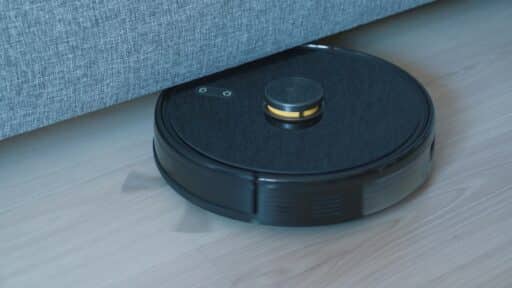Molecular spectroscopy is one of the most powerful techniques in modern science. From analyzing pharmaceuticals to monitoring environmental pollution, spectroscopy instruments allow researchers to study the interaction of light and matter at the molecular level. But how exactly do these instruments work, and why are they so essential? Let’s break it down.
What is Molecular Spectroscopy?
At its core, molecular spectroscopy studies how molecules absorb, emit, or scatter electromagnetic radiation. Each molecule has unique energy levels, and when light interacts with it, the molecule undergoes transitions between these levels. These transitions leave behind a “spectral fingerprint” that scientists can analyze to identify substances, measure concentrations, and even study molecular structures.
The Basic Principle of Spectroscopy Instruments
Molecular spectroscopy instruments operate on three fundamental steps:
- Light Source – The instrument generates or directs electromagnetic radiation of specific wavelengths toward a sample. Depending on the technique, this could be ultraviolet (UV), visible light, infrared (IR), or even microwaves.
- Sample Interaction – As light passes through or strikes the sample, molecules absorb certain wavelengths or scatter the light in characteristic ways.
- Detection and Analysis – A detector measures the transmitted, absorbed, or emitted light. The resulting data is converted into a spectrum, showing peaks and valleys corresponding to molecular transitions.
This spectrum is then interpreted by scientists to extract information about the sample’s composition and structure.
Types of Molecular Spectroscopy Instruments
There are several types of molecular spectroscopy, each suited to different applications:
- UV-Vis Spectroscopy: Measures absorption in the ultraviolet and visible regions. Commonly used in chemical analysis, pharmaceuticals, and quality control.
- Infrared (IR) Spectroscopy: Detects vibrations of molecular bonds. Widely used to identify functional groups in organic compounds.
- Raman Spectroscopy: Studies the scattering of light to provide detailed insights into molecular vibrations. Useful in materials science and forensic analysis.
- Fluorescence Spectroscopy: Examines the light emitted by excited molecules. Highly sensitive for detecting trace amounts of biomolecules.
Each type of instrument is built differently, but the core principle, light interacting with molecules, remains the same.
Key Components of Spectroscopy Instruments
While instruments vary by type, most share several essential components:
- Radiation Source: Provides stable and controlled light, such as deuterium lamps (UV), tungsten-halogen lamps (visible), or lasers (Raman).
- Monochromator or Filter: Selects specific wavelengths of light for precise measurement.
- Sample Holder: A cuvette, gas cell, or solid holder that securely positions the sample.
- Detector: Converts light signals into electrical signals. Examples include photomultiplier tubes, photodiodes, or CCD detectors.
- Computer & Software: Modern instruments rely on advanced software for spectrum acquisition, data processing, and interpretation.
How Data is Processed
Once the detector gathers information, the instrument software generates a spectrum—a graph of intensity versus wavelength (or frequency). Peaks in the spectrum correspond to molecular transitions, while their position and intensity reveal key details:
- Peak Position: Identifies the type of bond or molecule.
- Peak Intensity: Relates to concentration.
- Peak Shape: Provides insights into sample environment and interactions.
Through calibration and comparison with reference spectra, scientists can perform both qualitative and quantitative analysis.
Applications of Molecular Spectroscopy
Molecular spectroscopy instruments are indispensable in a wide range of fields:
- Pharmaceuticals: Ensuring drug purity, composition, and stability.
- Environmental Monitoring: Detecting pollutants in air, water, and soil.
- Food and Agriculture: Assessing food quality, additives, and contaminants.
- Forensics: Identifying unknown substances in crime labs.
- Materials Science: Studying polymers, nanomaterials, and coatings.
The versatility of these instruments makes them a cornerstone of both research and industry.
Final Thoughts
Molecular spectroscopy instruments work by harnessing the interaction between light and matter to reveal molecular details invisible to the naked eye. With precise light sources, sensitive detectors, and powerful data analysis, they provide scientists with the ability to identify, quantify, and understand the chemical world.
As technology continues to evolve, spectroscopy instruments are becoming faster, more compact, and increasingly automated. Their applications will only expand, driving innovation in medicine, environmental science, and beyond.







